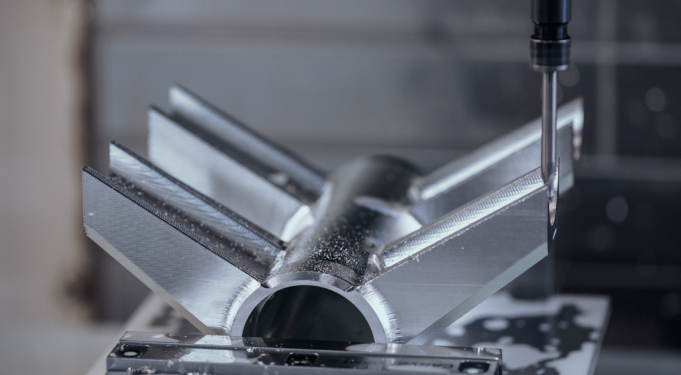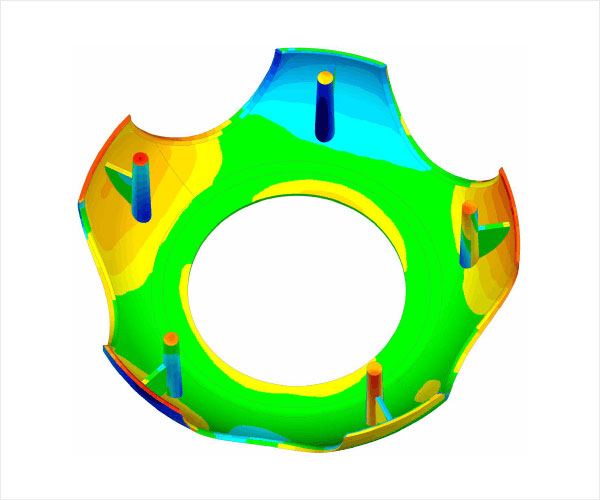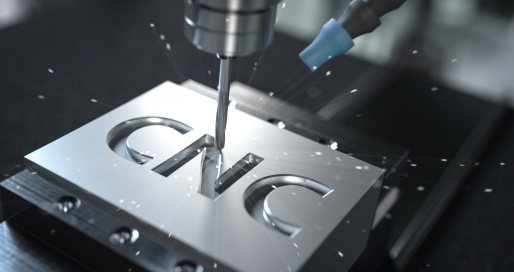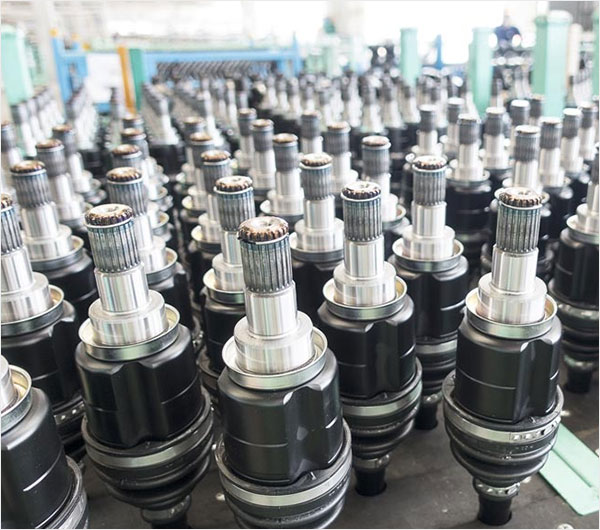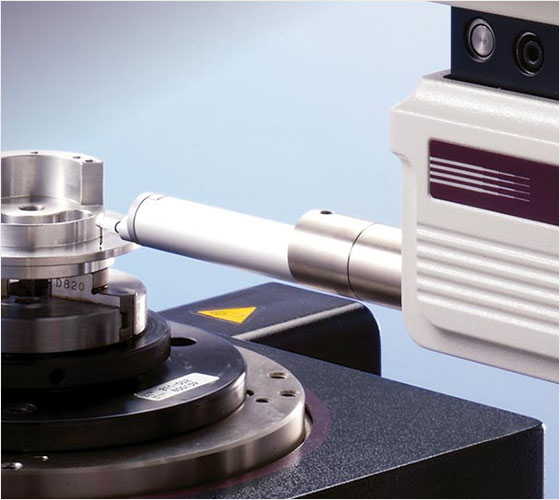Surface finishing is a critical step in precision machining, directly influencing the functionality, durability, and aesthetic quality of machined parts. Proper surface finishing enhances corrosion resistance, reduces friction, improves mechanical properties, and prepares parts for various applications, from aerospace components to medical devices. Here, we’ll examine the importance of surface finishing, explore common techniques, and discuss how to choose the right finish for different materials and applications.
Why is Surface Finishing Important in Machining?
Surface finishing refines the machined part’s surface, correcting minor imperfections and optimizing it for specific performance requirements. Beyond aesthetics, a good surface finish contributes to:
- Wear Resistance: By reducing surface roughness, finishing decreases friction, which helps parts resist wear during operation.
- Corrosion Protection: Surface finishes create a protective layer that shields metal from moisture, chemicals, and environmental factors, which is crucial for parts used in harsh environments.
- Enhanced Adhesion: For parts that will be painted or coated, a proper finish improves the adhesion of subsequent layers, ensuring the longevity and durability of coatings.
- Reduced Stress Concentration: By smoothing out sharp edges and surface irregularities, finishing minimizes stress points that can cause cracking or failure under load.
Common Surface Finishing Techniques in Machining
Several finishing techniques can be applied based on the material type, the function of the part, and the desired surface quality. Some of the most commonly used methods include:
Grinding: Grinding uses an abrasive wheel to remove material and achieve fine surface finishes with tight tolerances. It’s typically used on harder metals like hardened steel and is effective for achieving smooth, flat surfaces with minimal deviation. Precision grinding also allows for achieving very low surface roughness, essential for high-wear applications.
Polishing: Polishing removes minor surface irregularities and creates a reflective or mirror-like surface. This technique is often used in parts where aesthetics are critical, such as in medical devices or consumer electronics. Polishing involves abrasive compounds and can be done manually or through automated polishing machines.
Electropolishing: Often used on stainless steel and other corrosion-resistant materials, electropolishing is an electrochemical process that removes a thin layer of material from the surface. This method provides a smooth, polished finish and enhances corrosion resistance by removing embedded contaminants, making it ideal for applications in the food, pharmaceutical, and chemical industries.
Shot Peening: This process involves bombarding the surface with small spherical media (usually steel, glass, or ceramic beads). Shot peening induces compressive stresses that increase fatigue strength and resistance to stress corrosion cracking. This technique is commonly used for parts subject to cyclic loads, like gears, shafts, and springs.
Anodizing: Commonly applied to aluminum parts, anodizing forms a durable oxide layer that enhances corrosion resistance and provides a base for dyeing. Anodizing also strengthens the surface, making it more wear-resistant and less susceptible to scratching. Types I, II, and III anodizing (also known as hard anodizing) are often selected based on the required thickness and hardness of the oxide layer.
Powder Coating: Used for aesthetic and functional purposes, powder coating involves applying a dry powder that’s heat-cured to form a durable, protective finish. Powder coatings can provide excellent resistance to impact, chemicals, and UV light, making them suitable for both indoor and outdoor applications.
Choosing the Right Surface Finish Based on Material and Application
The choice of surface finish depends on the type of material being used and the application requirements of the part:
For Steel Parts: Heat-treated or hardened steel components benefit from grinding, shot peening, or phosphating finishes that improve fatigue strength and corrosion resistance. For parts that require high durability, powder coating or electroplating can provide an additional layer of protection.
For Aluminum Parts: Anodizing is the preferred finish due to its corrosion resistance and aesthetic appeal. It also strengthens the surface, making it ideal for parts in aerospace or automotive applications. If higher gloss or a mirror-like finish is needed, polishing may be applied after anodizing.
For Stainless Steel Parts: Electropolishing and passivation are excellent choices. Electropolishing improves corrosion resistance and provides a clean, bright finish, ideal for food-grade or medical applications. Passivation, on the other hand, removes free iron from the surface, enhancing corrosion resistance without changing the surface appearance.
For Plastics: Although less common, surface finishes like vapor polishing or ultrasonic polishing can be applied to plastics to improve optical clarity and smoothness, especially for components used in optical or medical devices.
Measuring Surface Roughness and Quality Control
Accurate measurement of surface roughness is essential to ensure the finished part meets specifications. Surface roughness is quantified by parameters like Ra (average roughness) and Rz (average maximum height). Tools commonly used in measuring surface roughness include:
Contact Profilometers: This instrument uses a stylus that moves across the part’s surface, recording deviations to determine roughness values. Profilometers are widely used in industrial settings due to their accuracy.
Non-Contact Profilometers: Laser or optical-based profilometers are preferred for delicate surfaces or non-metallic materials. They provide a fast, precise reading without risking damage to the part.
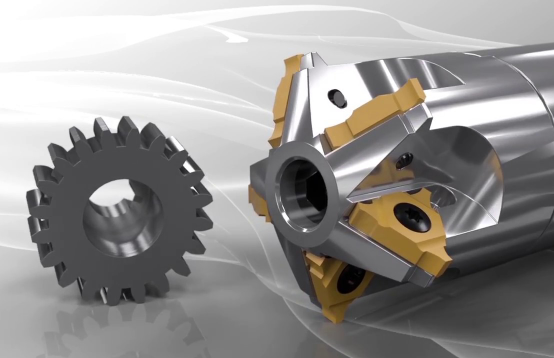
Microscopy: Scanning electron microscopes (SEMs) and optical microscopes provide a detailed view of surface topography, allowing for visual inspection of surface imperfections and quality control.
Quality control standards such as ISO 4287 or ASME B46.1 are followed to define acceptable surface finish levels for specific industries. Regular testing and quality checks ensure that surface finishes meet the desired criteria for functional and aesthetic requirements.
Advancements in Surface Finishing Technology
Recent advancements have brought innovations that improve surface finishing processes, including:
Laser Texturing: Laser texturing allows manufacturers to create micro-patterns on surfaces, improving adhesion and enhancing aesthetic appeal. It’s highly precise and can be applied to metals, plastics, and ceramics.
Nanocoatings: These ultra-thin coatings enhance surface properties without adding significant thickness. Nanocoatings are often applied for increased hardness, scratch resistance, or anti-fouling properties, ideal for applications in electronics or optics.
Automated Finishing Systems: Robotic polishing and grinding systems improve consistency and reduce manual labor. Automation ensures high-quality finishes, especially for complex or high-volume parts, and allows for tighter control over surface roughness.
Conclusion
Surface finishing in precision machining is essential for enhancing part performance, durability, and aesthetics. Each finish serves a specific purpose, from corrosion resistance to aesthetic appeal. By choosing the appropriate finishing process, machining professionals can meet stringent quality standards, reduce wear and corrosion, and ultimately improve the lifespan and functionality of their products. In a competitive market, effective surface finishing can provide a significant advantage, especially for industries that demand high-quality, durable components.



